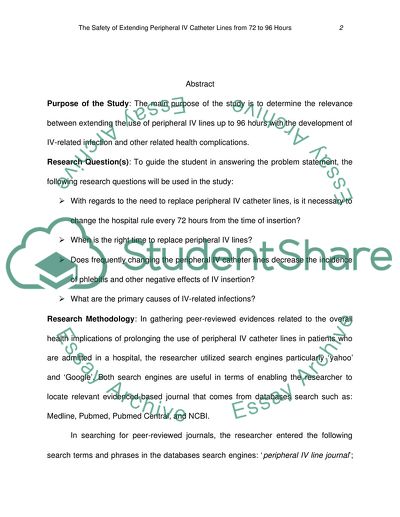Cite this document
(Financial Impact of Hospital-Acquired Infection Case Study, n.d.)
Financial Impact of Hospital-Acquired Infection Case Study. Retrieved from https://studentshare.org/health-sciences-medicine/1719798-the-safety-of-extending-peripheral-iv-catheter-times-from-72-to-96-hrs
Financial Impact of Hospital-Acquired Infection Case Study. Retrieved from https://studentshare.org/health-sciences-medicine/1719798-the-safety-of-extending-peripheral-iv-catheter-times-from-72-to-96-hrs
(Financial Impact of Hospital-Acquired Infection Case Study)
Financial Impact of Hospital-Acquired Infection Case Study. https://studentshare.org/health-sciences-medicine/1719798-the-safety-of-extending-peripheral-iv-catheter-times-from-72-to-96-hrs.
Financial Impact of Hospital-Acquired Infection Case Study. https://studentshare.org/health-sciences-medicine/1719798-the-safety-of-extending-peripheral-iv-catheter-times-from-72-to-96-hrs.
“Financial Impact of Hospital-Acquired Infection Case Study”, n.d. https://studentshare.org/health-sciences-medicine/1719798-the-safety-of-extending-peripheral-iv-catheter-times-from-72-to-96-hrs.


